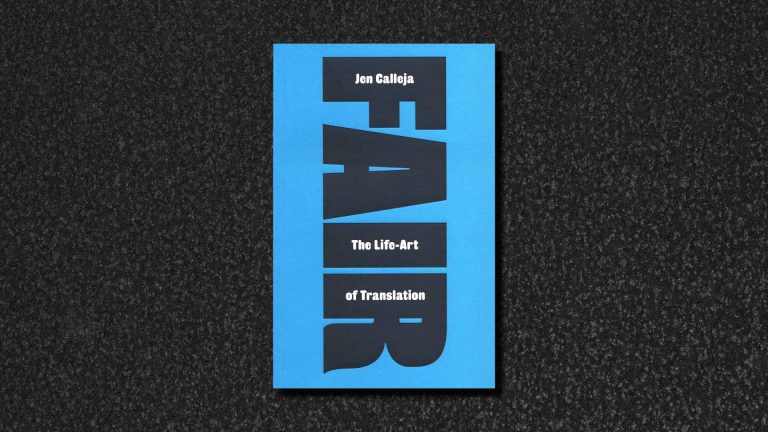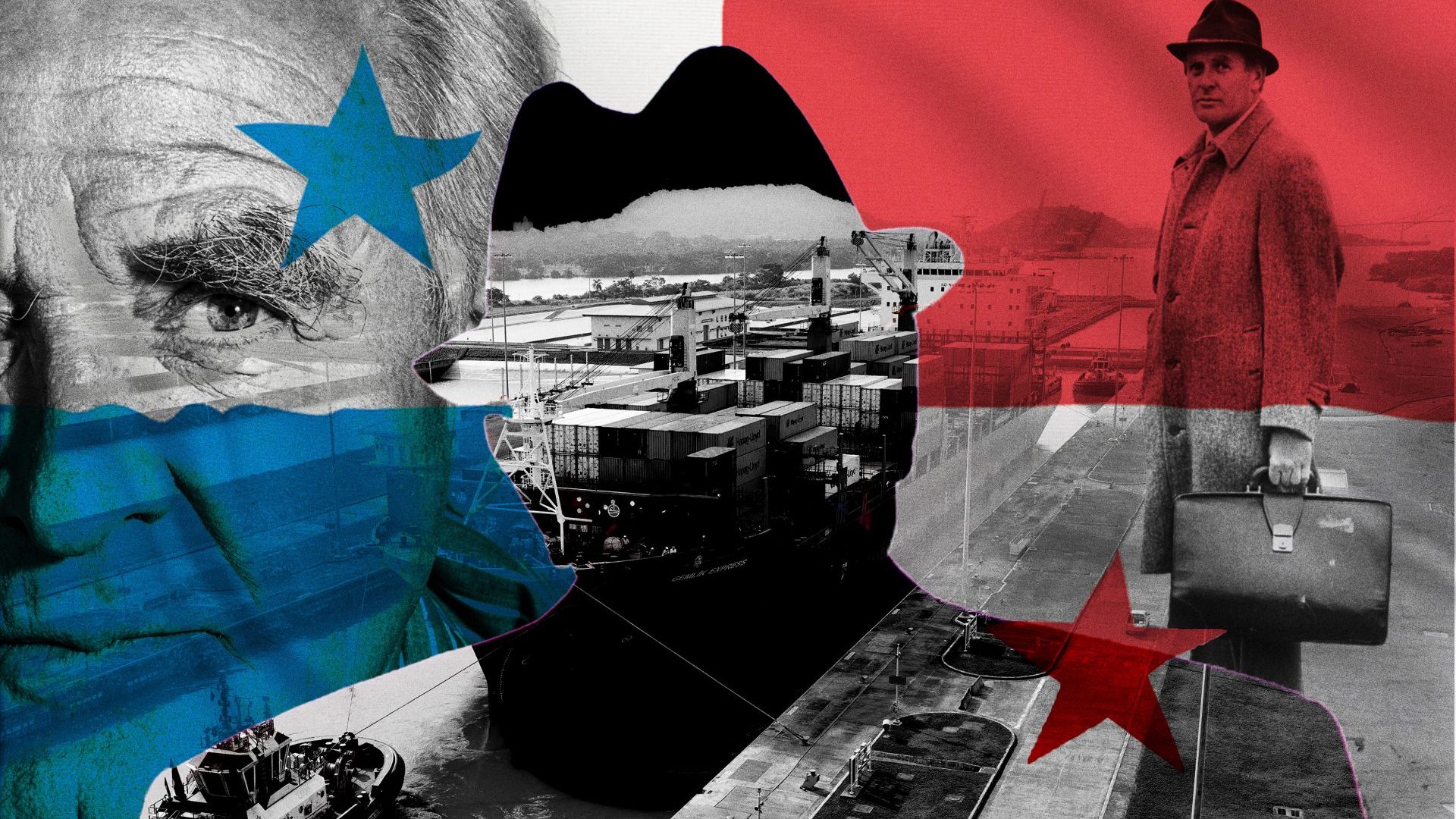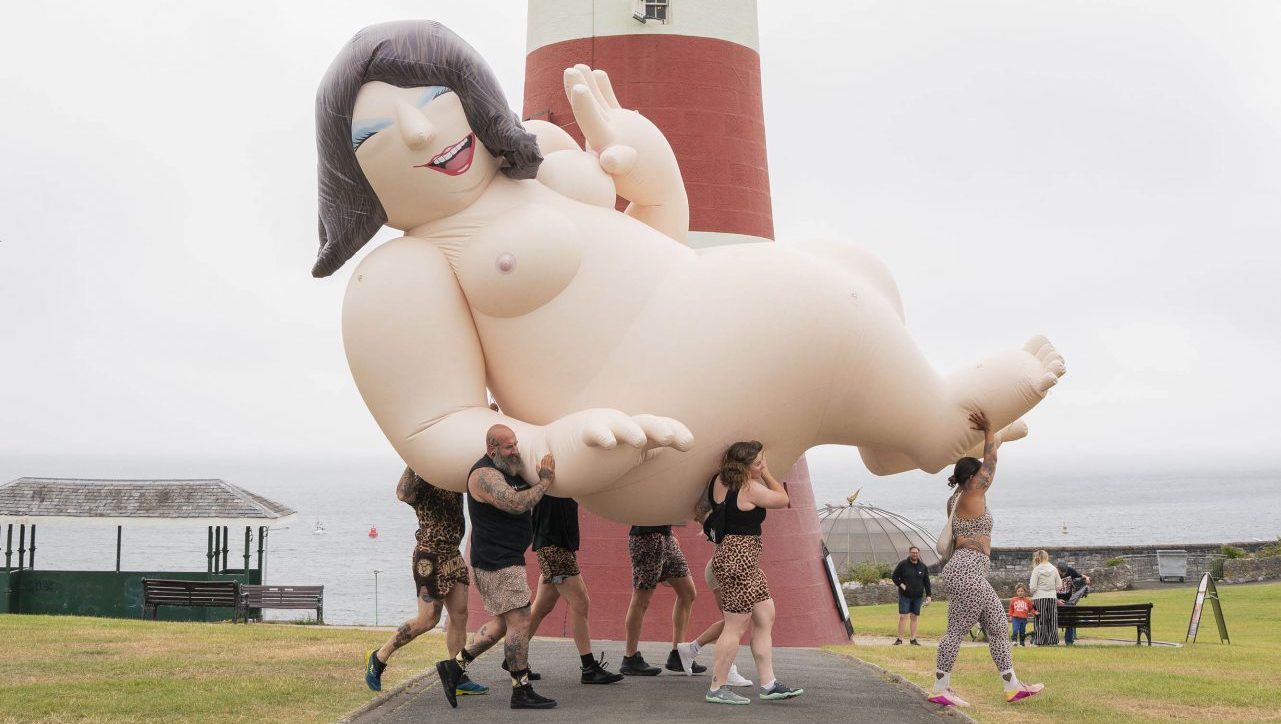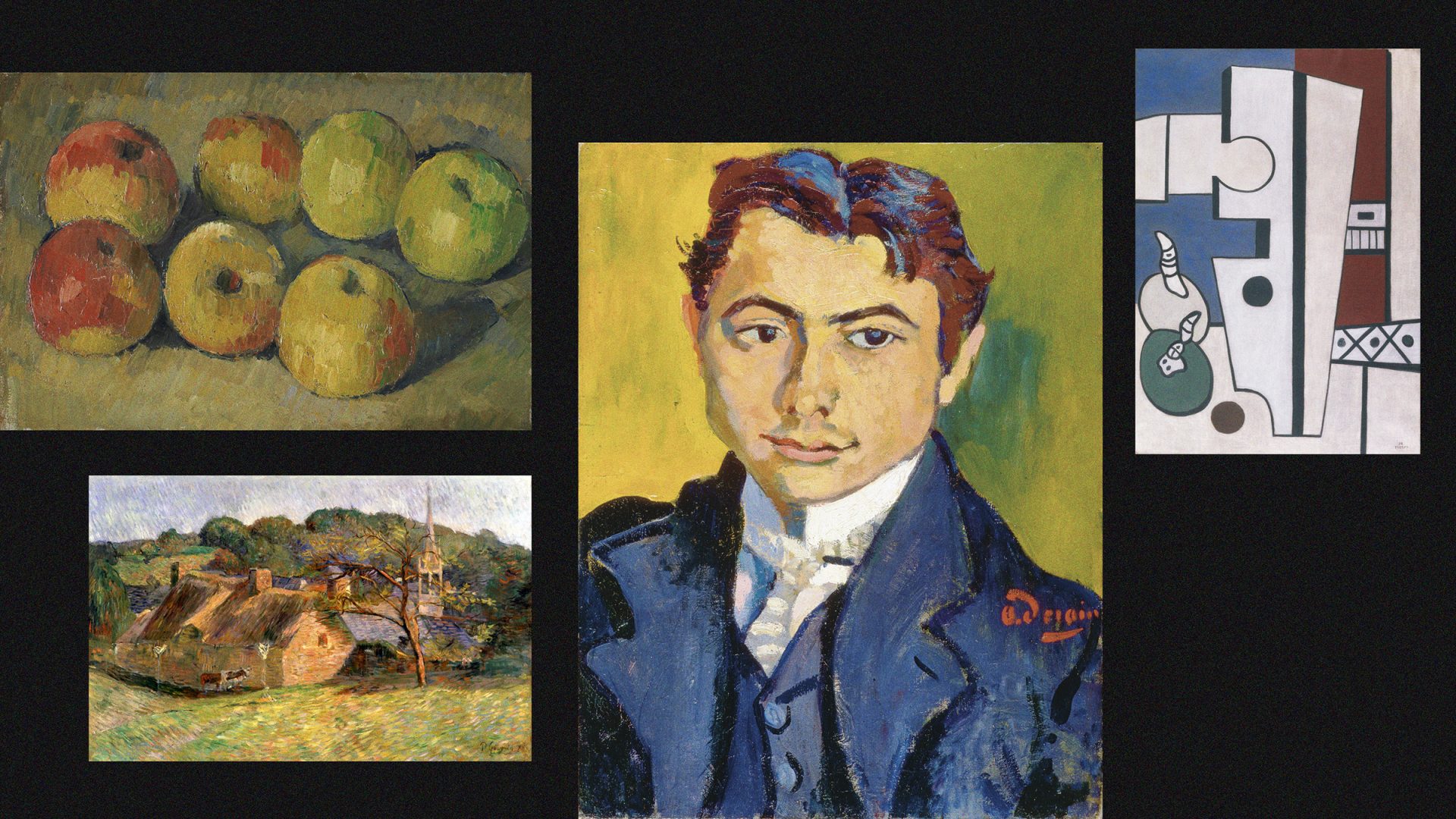In September 1995, Liborio Garcia, a graduate student recently returned from Cambridge, pulled his grey Ford Grand Marquis up to arrivals at Panama’s Tocumen airport. In the boot – as per instructions – were a dozen bottles of Johnnie Walker Black Label.
A white-haired man in a blue blazer slid into the passenger seat. Garcia knew him as David, but to millions of readers around the world, he was John le Carré, the former British spy turned novelist.
In the early 1990s, with the cold war melting away, David Cornwell was on the hunt for new subjects. He first visited Panama in 1992 while researching a novel about the black-market arms trade, after an agent from the US Drug Enforcement Administration in Miami told him there was “no finer place… to go about a drugs-for-arms deal.” On that trip he found himself “drawn to the canal: as a power symbol, as an object of colonial nostalgia and as a geopolitical wild card as we drift into the 21st century.” The seed of a new idea took root.
The book that emerged was The Tailor of Panama, in which Harry Pendel, a British ex-convict-cum-outfitter, fabricates intelligence about a backdoor takeover of the Panama Canal by Asian powers that leads to a US occupation of the country. In its final pages, as American attack helicopters hover over the capital and its poorer neighbourhoods blaze, Pendel reflects on the country’s unfortunate position on the global stage: “There had been no warning, but then Panama was under warning all the time. Behave your little self or else. Remember you are not a country but a canal.”
For Garcia, hired as Cornwell’s driver, translator, bodyguard and barman, this finale seemed implausible. The US had already invaded Panama in 1989 to rid it of Manuel Noriega, the very same dictator the CIA had emboldened for decades; but now democratic politics had returned and Panama was set to take over administration of the canal in five short years.
Having revised the first draft, Garcia asked his friend: “David, a second invasion, are you sure?” “You’ll see,” came the reply.
Since Donald Trump’s inauguration speech in January, Panamanians have had to contemplate the prospect of fiction becoming fact. The Panama Canal, Trump falsely claimed, was being operated by “Chinese soldiers” and it was time to “take it back”. Panama’s pro-US government responded to the threats with numerous concessions: an exit from China’s Belt and Road infrastructure initiative; the acceptance of almost 300 third-country migrants from the US; the deployment of American troops to sites around the canal.
A deal by which BlackRock and shipping giant MSC would acquire two ports operated by a Hong Kong-based firm is currently being held up by Beijing. None of them have put an end to Trump’s designs on the waterway, with US secretary of defense Pete Hegseth appearing to acknowledge in June that the Pentagon had a military plan for occupation.
Panamanians are angry and shocked. Their country is no Venezuela, no Cuba. Since the return to democracy in 1990, the local socialist party has never polled more than 2% of votes at elections and relations with the US have been warm. But in the pages of Tailor it is clear that le Carré understood two important truths about Panama: that Panamanian sovereignty over the canal was always in a state of permanent probation; and that the country’s ruling elites – the rabiblancos – would be unable to resist “the perennial vices of short-termism, nepotism and corruption”.
Suggested Reading

Jen Calleja, the punk-rock translator
Before his trip, Cornwell spent a week at CIA headquarters in Langley, Virginia. He knew that, nearly 20 years after the signing of the treaty that returned the canal to Panamanian administration, a large segment of the armed forces remained deeply sceptical of the decision. A year after publication, Hutchison Whampoa was awarded the port concessions, prompting US admirals to bemoan that the “communist Chinese” had gained, “without a single shot being fired, a stronghold on the Panama Canal”.
In the novel the fabricated plot to take over the waterway is led by a Franco-Japanese consortium backed by narco money. However, by the time Cornwell worked on the screenplay for the 2001 film adaptation, China was now the most likely antagonist. In one scene Pierce Brosnan, playing a louche MI6 agent, reclines on a vibrating bed in a brothel while Pendel sets out Beijing’s plans to buy the canal from under American noses. “This is bloody dynamite” is his verdict.
But such a grand scheme needs powerful accomplices. Cornwell also brought from Langley a notebook he had filled with names. On his first morning, Garcia took him to Boulevard Balboa, a cafe where you “could spot the city’s political animals.”
From a corner booth, Garcia pointed out politicians, businessmen and journalists, and Cornwell wrote character sketches for them. The portrait he painted of Panamanian high society, double dealing in their private clubs and beachfront villas was not pretty.
In views expressed by its characters, Panama was little more than a “casino” with “gossip… instead of culture”, whose inhabitants “are not fit to run a coffee stall, let alone the world’s greatest trade gateway.”
“We’ve got everything God needed to make paradise,” says one local dissident. “What do we do? Cheat. Conspire. Lie. Pretend. Steal. Starve each other.”
In Panama the book caused a scandal. Members of the Rabiblanco removed and hid copies from shop windows. Several of Cornwell’s local friends disowned him and Garcia was chastised for his part in the project. “They called me a cultural sinner,” he remembers with a laugh.
Once again, however, le Carré was prescient. In 2017, president Juan Carlos Varela abruptly dropped Panama’s longstanding relationship with Taiwan to recognise Beijing. Costa Rica had done so 10 years earlier and other Central American nations would soon follow, but Panama’s strategic position and its long-term relationship with the US meant the decision plunged its four million inhabitants into the middle of a great power conflict.
The Chinese moved quickly, signing more than 40 bilateral agreements and promising new bridges, ports and railroads. Xi Jinping visited in November 2018. The day before, a crane yanked the statue of Taiwanese leader Chiang Kai-shek from its plinth in the playground of a local Chinese language school.
As in the novel, where “the Top Pan lawyers and politicos…[are] up to their elbows in the till and thumbing their noses at Uncle Sam,” many local consultancies and law firms signed major contracts with Chinese firms. Few of the promised investments ever materialised, in part because of predictable push-back from Washington DC. Leaked WhatsApp messages from the phone of Varela suggested that his family liquor business had received a $38m order from Chinese diplomats shortly after switching diplomatic allegiance.
“In exchange for recognising Beijing, Costa Rica got a sports stadium and El Salvador got a library,” says one government official. “Panama got a rum market.”
In Garcia’s recollection, Cornwell was happiest when they drove out to the countryside, to see the “other Panama”, the poor residents of this starkly unequal country. He particularly wanted to meet young people, he remembers, introducing himself as a “thief of ideas,” before settling down to take notes. In one section of the novel Pendel asks his young assistant Marta, who suffered facial burns in the US 1989 invasion, how her people would react if the sovereignty of the canal was under threat.
“Riot. Take to the streets. Attack the Presidential Palace, storm the Legislative Assembly, block the canal, call a general strike,” she replies. That piece of fictional dialogue is also prescient – western security agencies have become increasingly worried about the threat of a blockage in the canal. If China were to sink a tanker in the waterway, the global economic effects could be catastrophic.
For the last two months, Panama’s teachers, students, nurses, construction unions, banana pickers and indigenous peoples have shut down various parts of the country. Their demands are diffuse, ranging from rejection of an unpopular social security reform, to opposition to a new dam needed to supply water for the canal and anger over the government’s plans to reopen a shuttered copper mine. The one uniting factor is their rejection of Trump’s bellicose rhetoric and what they view as the government’s betrayal of national sovereignty.
Jorge Ritter, an academic and former politician, was one of the Panamanian friends who distanced himself from Cornwell in the wake of publication. “I was disappointed, particularly about the sentence comparing Panama to a casino. I said nasty things in public that I now regret,” he says. “Today, on balance, I think it is not only a good novel, but a good depiction of our country.”
Mat Youkee is a freelance journalist based in Bogotá who covers Latin American politics, business and culture



